She developed a passion for art early in her life and did an advanced level of painting as a kid and as a high-school student. Undeterred by the typical standards, she decided to pursue a career in what she believes can make the world a better place.
Egyptian artist Ghada Wali, the youngest female speaker representing MENA region at TED, a global speaker and multiple-award-winning designer, had her work featured as a professional graphic designer in several art exhibitions around the world.
Wali has also been featured in UN Women Egypt and Forbes Europe’s List 2017 (Arts & Immigrants category), making her the first Egyptian woman to appear in this category.
Having always been infatuated with the idea of “human beings”, Wali never doubted that art is her field of interest. After she finished high school, she decided to hop into a new program at the German University in Cairo which was the first of its kind to teach graphic design academically in Egypt.
“It was rather challenging to join a program happening for the first time in Egypt, but I insisted in marking my first steps in my journey for solely believing in Graphic design and how it can change the world and improve people’s lives,” Wali says.
Along the way, Wali launched several projects inspired by the Arab’s culture and history. She merges contemporary art with the Egyptian heritage.
One of her most significant projects is “Let’s Play”, which aims to introduce the Arabic language in a new way.
Wali says that Arabic is a complex language, it has four different letter form: initial, isolated, medial, and formal. Connectivity matters in the Arabic script because letters usually need to join each other to form a word.
“Let’s Play” is a project that simplifies geometrically the different forms of the Arabic letters using Lego as a consistent building playful unit. Using multiple colors in just one letter makes its easier to differentiate the connections and simplifies the 29 letters in their different forms
As Wali was starting the project, she was, in essence, thinking about innovative ways to teach the Arabic language. She also thought of how she could let the world stop seeing the Arabs as evil people, as terrorists and start seeing them as equals and fellow humans. Wali’s project combined a symbol of innocence, Lego, and the Arab’s identity, the Arabic language.
“Lego is a metaphor, one set of blocks can form two different languages, maybe then people would understand that we are all made of the same unit. I see a future where barriers between people be it linguistic, cultural or political, all tumbled down,” the artist adds. She says that her goal is to break the fear of language and introduce a new educational experience to bring people closer.
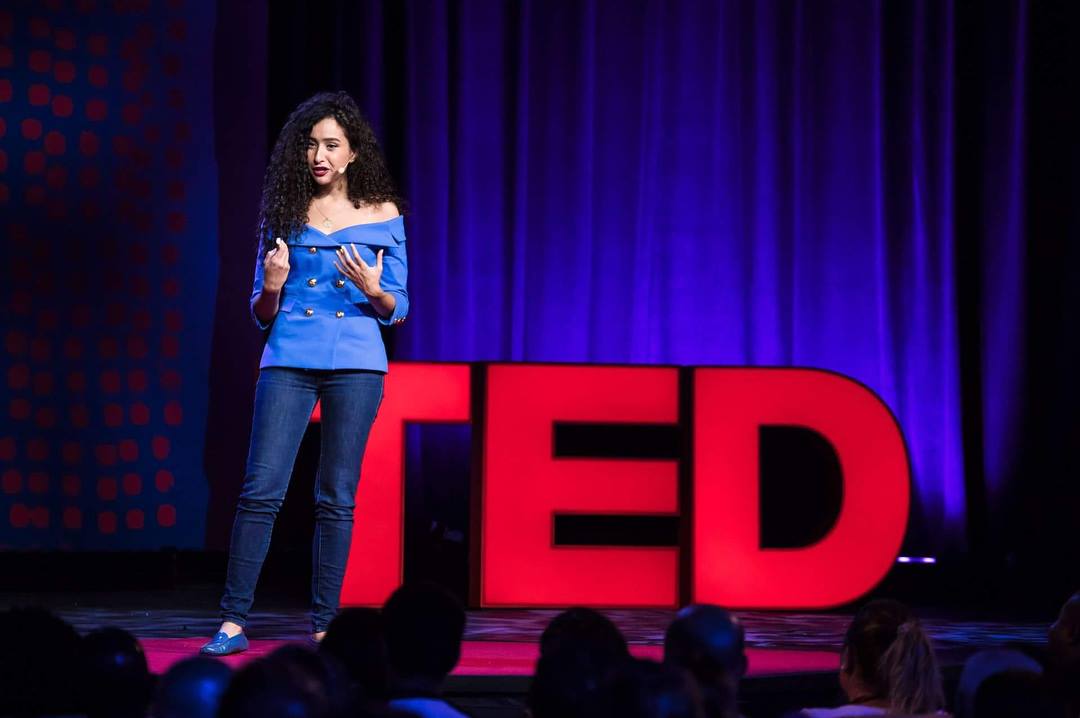
Wali says that after years of colonialism and illiteracy, the significance of the Arabic script and language started to erode and is now dying. In a globalized world, it is increasingly alarming that fewer people are using the Arabic language to communicate.
“One who doesn’t have a history doesn’t have a future. I create work that is relevant to who I am and where I come from. The global recognition I gained was mainly because of work I celebrated my identity through. I aim to encompass the Arab and Egyptian flavour through portraying my work on the maps of global trends,” Wali explains.
The talented artist believes that the role of design is to foster cultures, scripts, and to find new ways to preserve history while keeping up with the future. Wali’s objective is to combine the treasures of history with a contemporary approach so she can showcase the beautiful Arab identity to the world.
Citing an article recognizing the importance of the Arabic language and how she fundamentally contributed to reviving it, Wali says that the Arabic language was once the language of the world: it was used by mathematicians, scientists, philosophers, and poets like Rumi. However, it has been recently recognized as the language of terrorists and passengers are often kicked off planes for using it.
One of Wali’s most recognized projects was redesigning book covers of Egyptian novelist Naguib Mahfouz and the first Arab Nobel Leaurate who drew the attention of the world to the authenticity of Egypt and its suburbs. Wali launched the project in 2016, marking the 10th anniversary of Mahfouz’s death.
On this project, Wali says that the world is constantly changing and we need to adapt with what the future brings. Her project aims to tackle the gap between what is old and what is new. Wali believes it is important to honor Mahfouz’s legacy and introduce him to younger generations who are replacing their culture with a westernized one through designs that would appeal to them.

Another major project that Wali, in collaboration with Nourhan Moaz, created was “Meen Homma“, or in English “Who are they?“. This project is a reflection of Wali’s experience of what she has to face every day. Meen Homma started after the Egyptian revolution in order to correct religious and social misconceptions. Wali believes that the Egyptian revolution didn’t only happen to change a corrupt political system, but also to eradicate and positively change rooted social and cultural beliefs.
The project combats stereotypes, labels, generalizations, and racism by promoting tolerance, diversity, and human awareness.

“Unfortunately, these misconceptions have nothing to do with social classes,” Wali says.
“Instead, they have been fixed over the years by the way we have been raised, surrounded by these misleading thoughts. Thus, the target group definitely covers most of the ages and social classes of Egypt’s population.”
Wali adds that she works with her heart and emotions and firmly believes that art only reaches people when it is genuine, authentic, and true. She also believes that graphic design can change the world.
“The unseen hands of the graphic designer touches and enhances our lives. Art has been and will always stay an immensely powerful tool for great impact and an honest reflection and documentation of the human evolution,” Wali says.
She continues that ancient Egyptians were almost the creators of the visual communication and she regrets seeing that we have fallen into visual pollution and illiteracy.
Wali concludes by saying that she wants to create a visual revolution in Egypt and increases awareness of the necessity of it in our daily lives.
“I wish one day I can be responsible for implementing the role of Graphic Design in Education, Health, Tourism, Politics, Social Design and every field where Design can contribute in promoting our country in all areas as proven in all other countries in the world.”
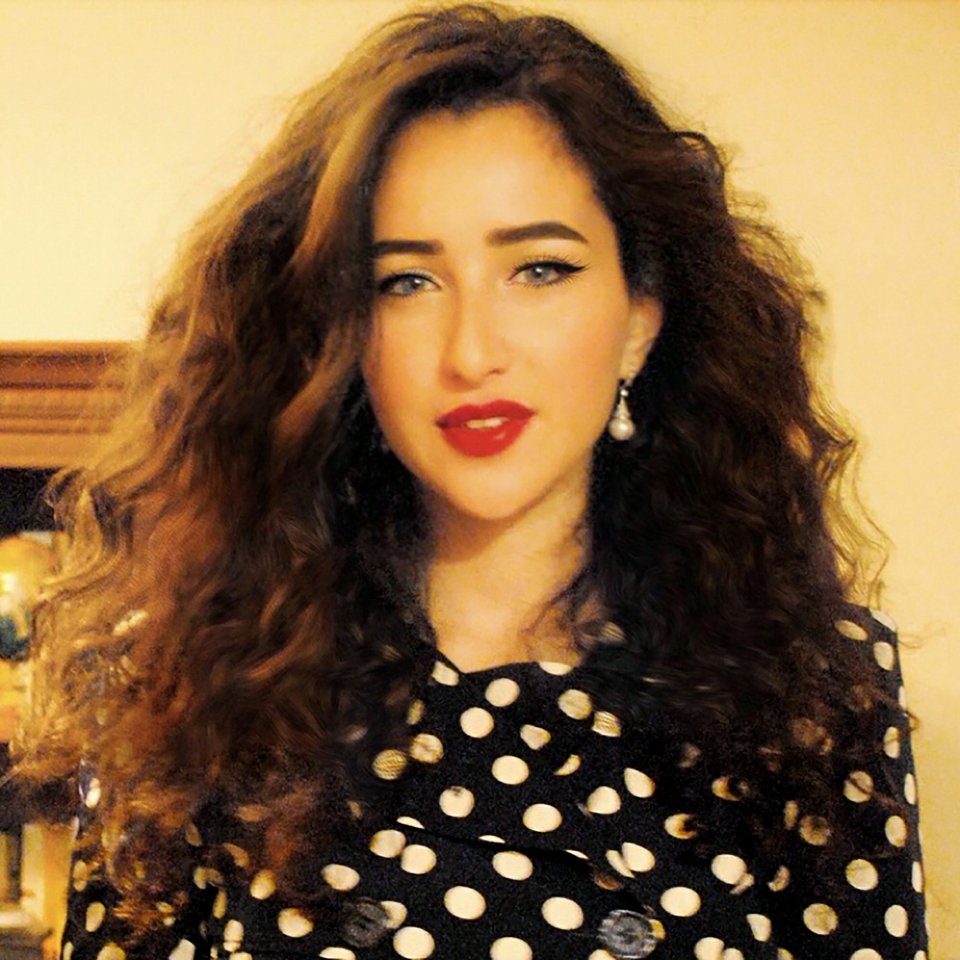





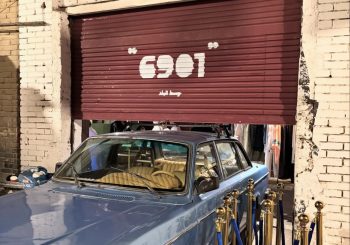
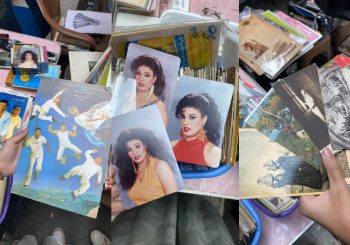
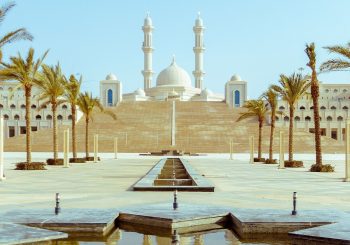
Comment (1)
[…] EGYPTIAN STREETS BY TOQA […]